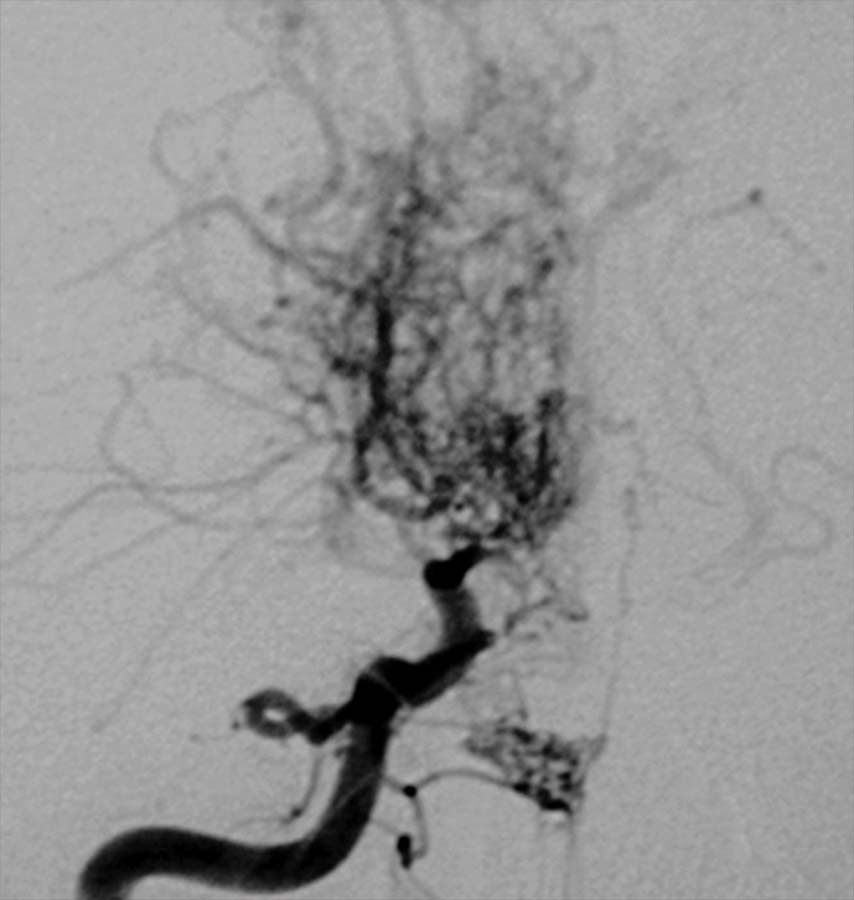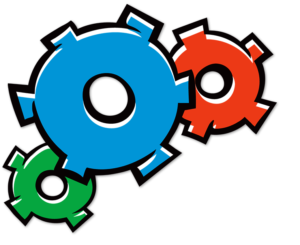Moyamoya Disease
Moyamoya disease is a rare condition that primarily affects children. The walls of the major intracranial blood vessels that supply the brain gradually narrow, restricting or blocking the blood flow. The body attempts to form “collateral” blood vessels to the brain that try to nourish the brain with enough blood supply. The term “moyamoya” means “puff of smoke” and was described by the Japanese as a descriptive term for the new small blood vessels that are formed in the condition.
What causes moyamoya disease?
The exact cause of moyamoya disease is unknown. We do know that in some children one side or both sides of the brain can be involved. We also know that children with certain conditions are more likely to develop this syndrome (neurofibromatosis type 1, cranial irradiation, sickle cell anemia, Down syndrome)
What are the symptoms of moyamoya disease?
The symptoms of moyamoya disease are related to the part of the brain that is affected by the blockage of the vessels. In children, the first symptom of moyamoya disease is often stroke, or recurrent transient ischemic attacks (TIA, commonly referred to as “mini-strokes”). Occasionally one can get a bleed in the brain, but in children ischemic strokes are much more common.
Some children will present the disease with weakness or paralysis to one side of the body, severe headaches, speech problems, seizures, poor balance and involuntary movements.
How is moyamoya disease diagnosed?
Computed tomography (CT), magnetic resonance imaging (MRI), magnetic resonance angiography (MRA) and cerebral angiogram scans will help diagnose the condition. A cerebral angiogram will often show a blockage of the intracranial internal carotid artery with the development of an abnormal network of blood vessels (the “puff of smoke”).
On occasion, children will have only one side of the brain involved. In addition, your surgeon may also do some more specific tests of the brain to see if any of the brain tissue is at risk for future strokes. In various centres, the medical team may use different types of tests to accomplish this (CT perfusion, MRI perfusion, SPECT, PET).

Cerebral Angiogram demonstrating moyamoya pattern of the blood vessels
Treatment of moyamoya disease
Neurosurgeons may perform a revascularization procedure for the affected brain. Revascularization operations are generally classified as “direct” or “indirect.” For children with small vessels, an indirect approach is used.
In one of these operations (pial synangiosis) an extracranial blood vessel is “rerouted” intracranially to help supply that side of the brain with more blood.
These revascularization operations are generally well tolerated. The main risk, with and without any surgery, is stroke.
Other treatments for moyamoya disease address only its symptoms or effects. For example, children at risk of stroke may be treated with blood thinners and those at risk of hemorrhage may be treated with high blood pressure drugs.
Reference:
ninds.nih.gov/Disorders/All-Disorders/Moyamoya-Disease-Information-Page
moyamoya.com and wikipedia.org/wiki/Moyamoya_disease, reviewed on April 19, 2014.

